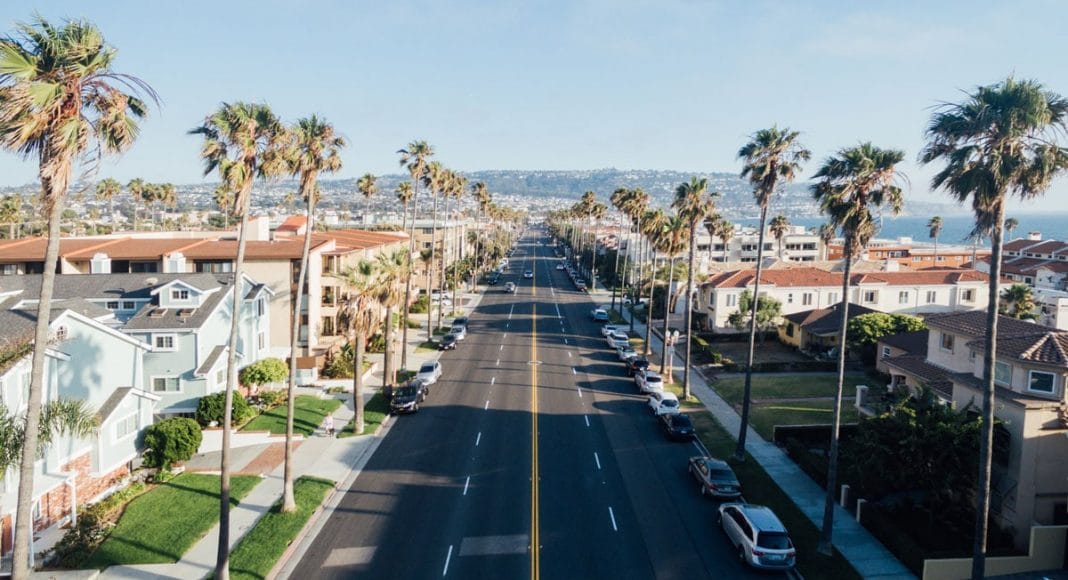Californians 21 and older will soon be able to purchase legal cannabis over the counter, but it’s not clear where they’ll be able to smoke outside of their own private residences. California is the world’s sixth largest economy and is brimming with tourism…so what’s up?
Starting in January it will be legal to sell, buy and grow cannabis, but the ballot measure had very strict rules as to where one can smoke or even ingest legally.
-
Related Story: California’s 5 Worst Counties for Recreational Marijuana
Streets, parks and other public places will be off limits, as will cars, bars and offices. Anyplace that already doesn’t tolerate tobacco smoke is banned. Nowhere that sells alcohol or tobacco. Plus, it’ll be up to landlords whether to permit smoking in hotels and apartments.
Outside of a private home, the only place left would be a pot lounge, but there are very few social clubs in the works. There are zero planned so far in Los Angeles proper.
Whereas tobacco smokers have always had the option of stepping outside for a smoke, cannabis imbibers are put in a position of once again breaking the law, regardless of legalization. Tickets for public pot smoking will result in fines up to $250.
One workaround is to have private social clubs, where it’s bring your own weed and smoke it without worry. These types of clubs are already on the rise, but their legality is questionable.
As the new law was meant to legalize as well as regulate cannabis, it would make sense to propose reasonable ways for Californians and their visitors to smoke. Legitimized social clubs, away from schools and children’s care centers, and with rules that make them more publically digestible – as in, not a nuisance – would be ideal.
Think of the hypocrisy here. California is willing to take taxes from growers and sellers of cannabis, but worries that social clubs might encourage drug use. Did someone forget that you can’t have your cake and eat it too?
Since Californians voted the law in, hoping to treat cannabis more like alcohol, they should really do so and provide places for consumption onsite. DWIs might be a concern, but bars operate daily and police forces are well versed on drugged driving. All in all, public places to consume will be the next piece in California’s cannabis puzzle.


